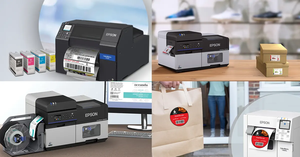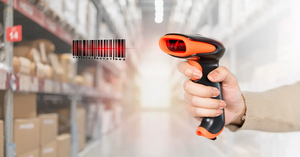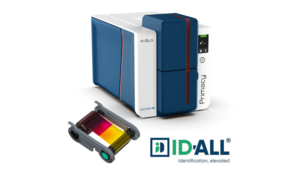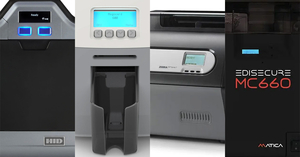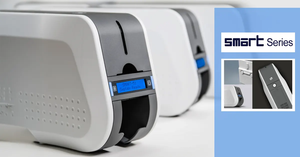How to choose your ID cards
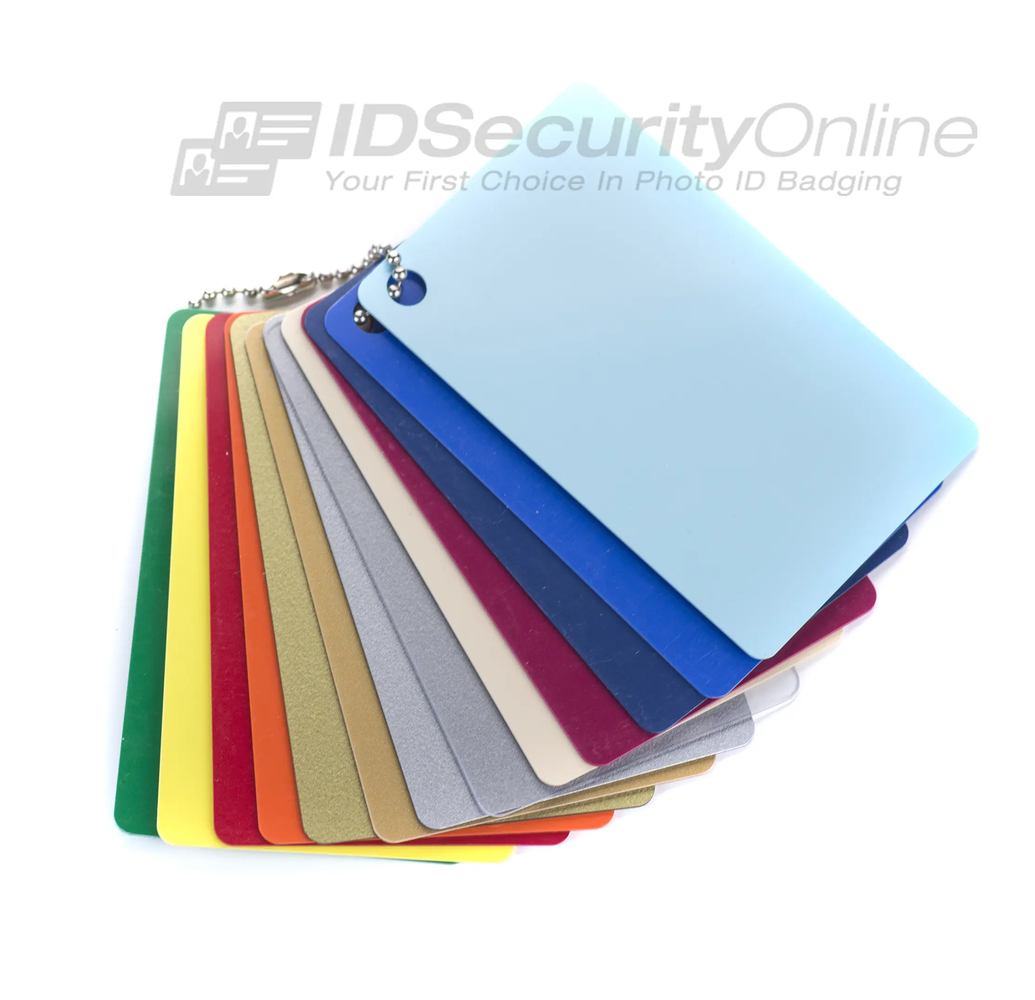
Your card printer and card application will determine which ID cards are right for you.
Here are a few tips when choosing ID cards:
- Card thickness: ID card printers will only accept specific card thicknesses. Most printers are built to print 30mil cards (thickness of a credit card) so if you need to personalize thinner cards (10-20mil), check the specs of your printer.
- Card size: most ID card printers print CR80 cards (3.375" x 2.125"), CR80 being the standard card size. However, if you need to print cards of other sizes such as CR79 (3.303" x 2.051"), note that only a few card printers will allow it.
- Card material: the most common type of plastic card is 100% PVC. However, it is recommended to use composite PVC/PET cards for retransfer and laminating printers. Composite cards are 60% PVC and 40% PET and are more durable than PVC cards. They are also heat resistant and won’t bend under high temperatures. Composite cards can be used with any card printer.
- Technology cards: if your printer is equipped with a magnetic encoder and you need to store data into a magnetic stripe, you will have the choice between high coercivity (HiCo) and low coercivity (LoCo) cards. HiCo cards are very resistant, harder to erase and built to handle frequent usage. Choose HiCo cards for access control or time and attendance applications. Less expensive but also less resistant, low coercivity cards work best with short-term applications such as hotel room keys or event passes. For advanced access control systems, proximity cards are a popular choice. Proximity cards are read-only devices: that is why the encoding is typically handled by manufacturers before shipping.
If you have questions, feel free to call us at 1-800-897-7024 to talk to an ID expert.
